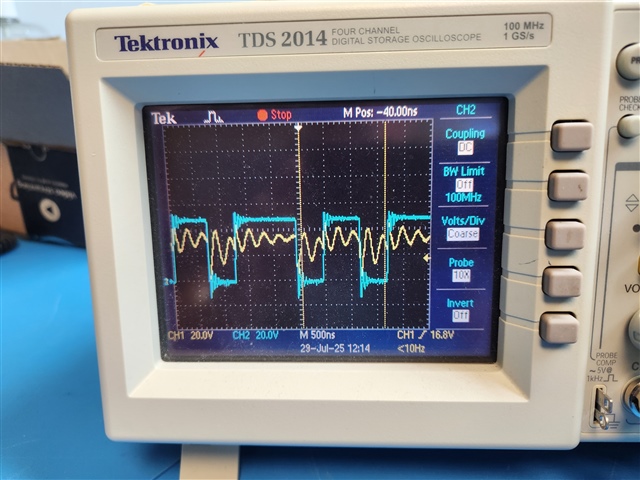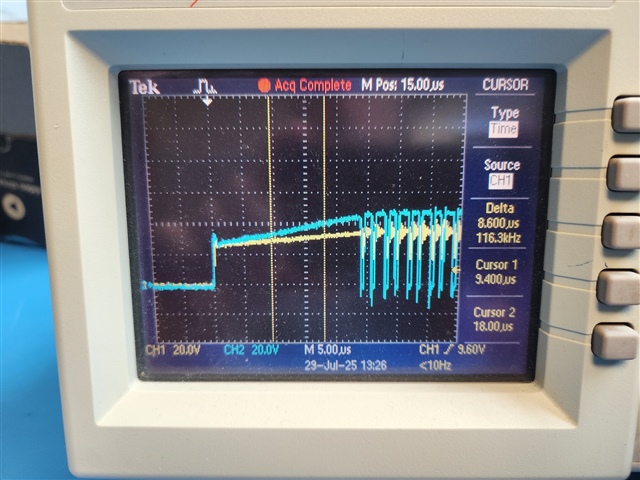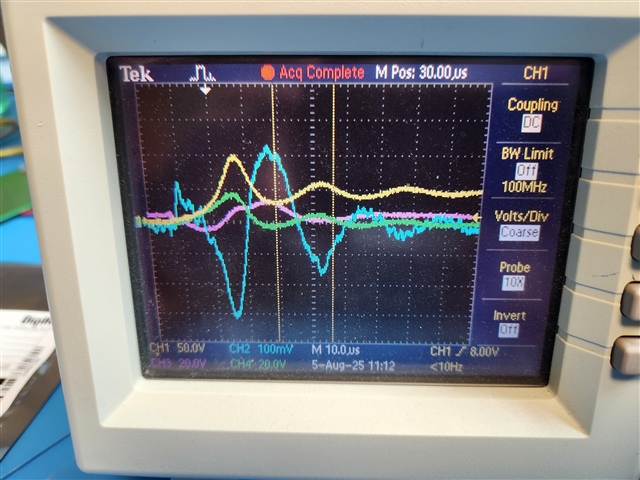Other Parts Discussed in Thread: LM3409,
Tool/software:
I am working on a design for an LED Driver using the LM3409HV. The input voltage is 48V and the board is required to drive different LED strings from 3.5A, to 4.5A maximum. A schematic and bill of materials for our design is included. We are using analog dimming which will be derived from an off-board analog signal - the board will plug into a motherboard which will hold several of the driver boards. The initial testing has been done with the board stand-alone using a trim-pot on the board for the analog dim signal. We have worked with 2 different p-MOSFETs. Gate charges for the 2 MOSFETs are 27nC and 41nC. We have had issues with the LM3409 blowing up. When this occurs, the MOSFET is also shorted. At failure, the MOSFET is shorted, the LED string is full-on, and drawing max current. The sense resistor appears to be undamaged. The failure occurs at power on with the enable signal asserted or not. (A pull-down on the EN pin is installed on the board.) When the board is working, we had no issues running the board, powering a 4A LED string with either MOSFET. We have airflow over the board which is fabricated with 2oz copper. We have done thermal measurements and have not seen thermal issues with any of the board components. I have not seen any transients on the output at start-up or at steady state. We added a schottky diode to the board from the output to the 48V and we still have failures. (found post on TI support forum) Do you have any suggestions? Is there possibly a 48V rise-time issue, or 48V, 12V sequencing issue? I also found this post on the TI support forum (posted about 30 days ago): LM3409HV: LED maximum current. The answer from the support engineer is that the LM3409HV is not recommended for drivers >4A. The LM3409HV datasheet notes in the description on page 1 that it can 'easily drive >5A'. Is the LM3409HV not a good fit for our application? Some other questions: - We do not have all the LED strings for our project as of yet, is it ok to test with resistive loads? - Can multiple LM3409HV circuits be paralleled to drive the higher currents? (Again, the LED max current post suggests another TI part for paralleling the outputs.) Thank you for your help. Robert D.




